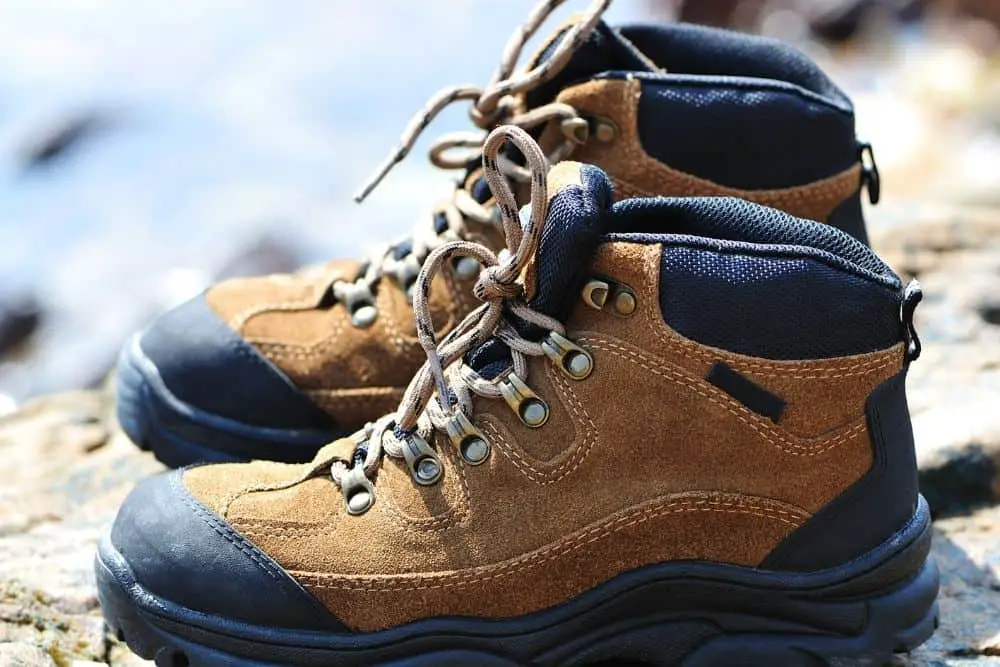If you are using hiking boots for the first time, one of the major structural differences that you will probably discover is that eyelets are replaced by speed hooks.
While some may find this feature fascinating, it may take a learning curve for others to get used to it. Those who will find it frustrating will not stop asking, “Why these hooks?”
The hooks on hiking boots are designed to improve comfort and enhance fit. But, do they deliver on this promise?
Today, we are going to talk about the hooks on hiking boots and how they compare to eyelets.
Contents
Why do hiking boots have hooks?
The hooks on hiking boots consist of hook-shaped metals riveted on the upper part in the boot in the position that was supposed to have the eyelets.
Below are some of the reasons that make a hook a great asset on hiking boots—and why they can be annoying too.

1. Easy wearing and removal of boots
Since hiking boots are often up to 12 inches high, threading using eyelets can be incredibly annoying and slow considering the fact that you may have to undo the knots to the ankle to get your feet out.
Hooks, on the other hand, make it easier to undo your laces and remove or wear your boots. This can come in handy in case of emergency when you need to move quickly. You can easily adjust hooks too compared to eyelets.
On the downside, the hooks don’t give a secure fit like the eyelets. A lot of users complain that laces easily slip from the hooks. This can send the boots flying from your feet when you are running.
If your laces slip from the hooks, a good way to solve the problem would be by increasing the tightness of your lacing as you go up. Alternatively, you can choose to lace down rather than lacing up.

2. Replaceable when broken
It is true that hiking boots are often annoying because the hooks tend to break or bend often. Some hikers even complain that the hooks sometimes get tangled with twigs or creeping plants—and you have to put your hands to work to break free.
Besides the aforementioned problems, the hooks can also get under the lace of your boot and undo your knots when you cross one leg over the other. Sometimes they may get tangled with the lace of the other boot leaving you in an awkward position. However, when compared to eyelets, this disadvantage can also be an advantage.
When the metals in an eyelet get broken or the holes are torn, the only thing you can do if you must keep using the boots is to thread your laces differently so that you will skip the bad holes.
In the case of speed boots, it is different. A good cobbler can easily pull out the bad hooks and replace them with new ones. Considering the rough terrain that hikers often have to navigate, it makes sense to have speed hooks.
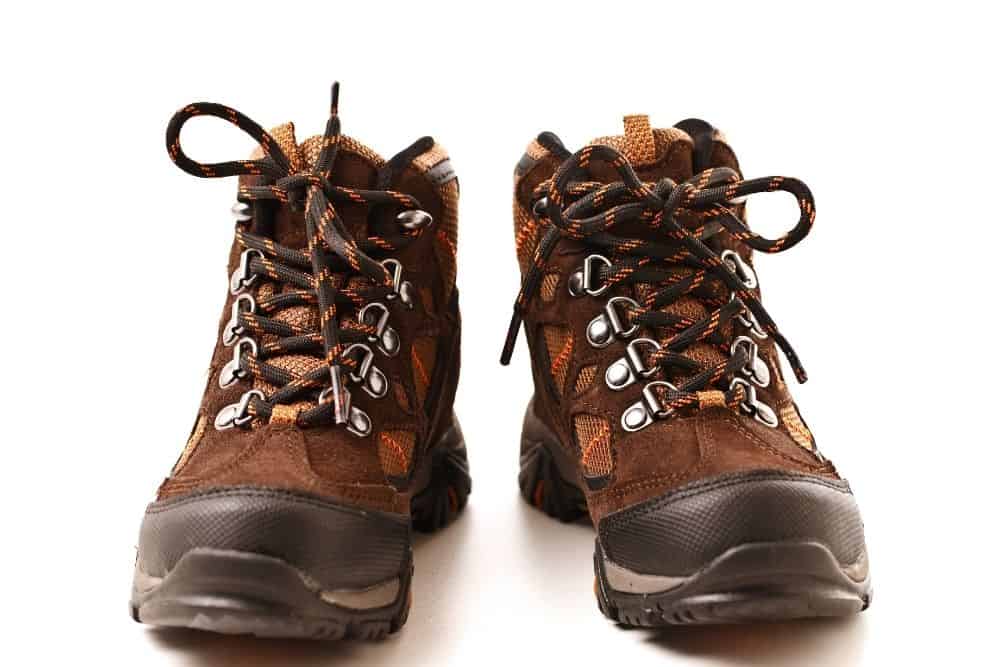
3. Better fit and comfort
Lacing is often underrated when it comes to comfort which explains why a lot of people rarely bother about learning the proper way to lace their boots. Interestingly, the more comfortable your boot feels on your feet the more hiking distance you can cover.
When lacing up boots with hooks, the threading is done on the upper side thereby putting no pressure on your bridge. Consequently, you can draw the laces to be tighter for a better fit.

With eyelets, the laces go in and out leaving intermittent bumps that press on the bridge of your foot at the places they go into the boots. Likewise, when you draw the laces to be tighter, you will feel them biting on your bridge.
4. Improved water and sand resistance
Hiking boots are often promoted as waterproof. Most of them are made of breathable membranes like Gore-Tex®.
Sadly, punched eyelets usually undermine the waterproofing of a boot because they leave gaping holes between the eyelets and the lace through which water can enter the boots.
However, when hooks are used, the riveting is tight without obvious holes to allow water through. Therefore, replacing punched eyelets with hooks is a smart way of improving the waterproofing properties of a hiking boot.
Likewise, if you hike in sandy desert terrain, you won’t want to wear hiking boots with eyelet holes. Sand can get inside that little door and disturb your feet.
Use hiking boots with hooks to avoid that!
Read more: Do Hiking Boots Protect Ankles?

Other types of eyelets on hiking boots
Lacing boots come in a variety of designs—and eyelets too. Each of the eyelet types has its pros and cons and hikers will usually choose based on preference or hiking location.
Below are the different types of eyelets.
- Punched eyelets
This is probably the most popular type of eyelet. You can say every other eyelet design evolved from it and you won’t be wrong. Holes are punched into the boots and reinforced with metal grommets. The eyelets are tough and durable.
However, in cheaper boots, the grommets can loosen and fall out leading to tearing. Once an eyelet is torn, balancing the lacing becomes difficult.
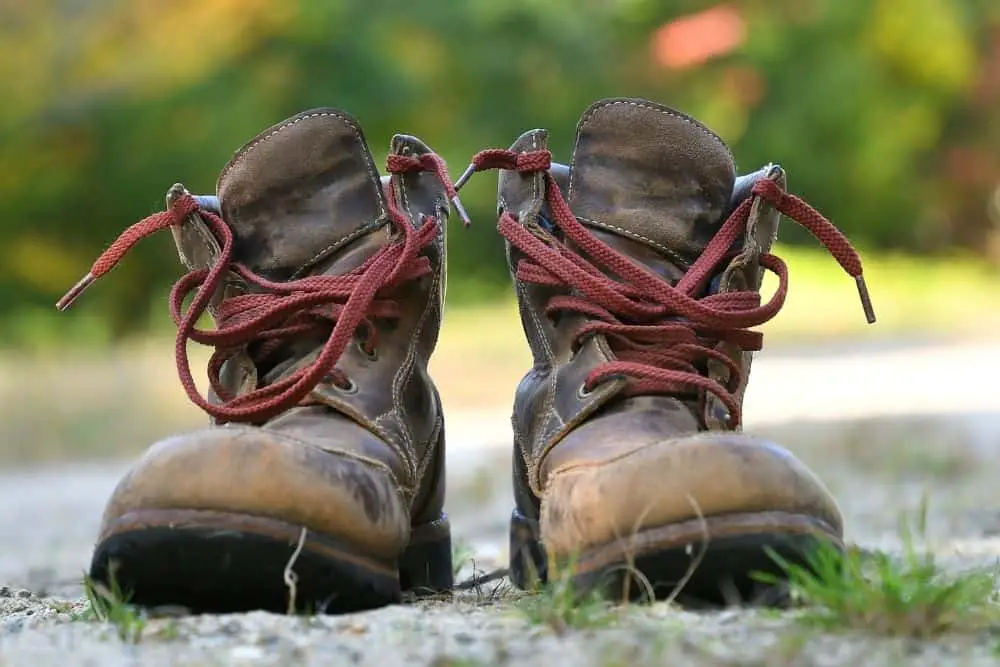
- D-rings
The D-shaped loops are riveted into the place that you would normally have the punched eyelets. With D-rings, it is easier to adjust the lacing.
Sadly, the D-rings often tear out of the boots. At other times the rivets exert painful pressure.

- Webbing
Instead of having metal loops, boots with webbings make use of fabric loops. With webbing, you will feel less chaffing on the bridge of your foot, unlike rivets.
The major setback is that the fabric loops often wear out faster, unlike metal loops.
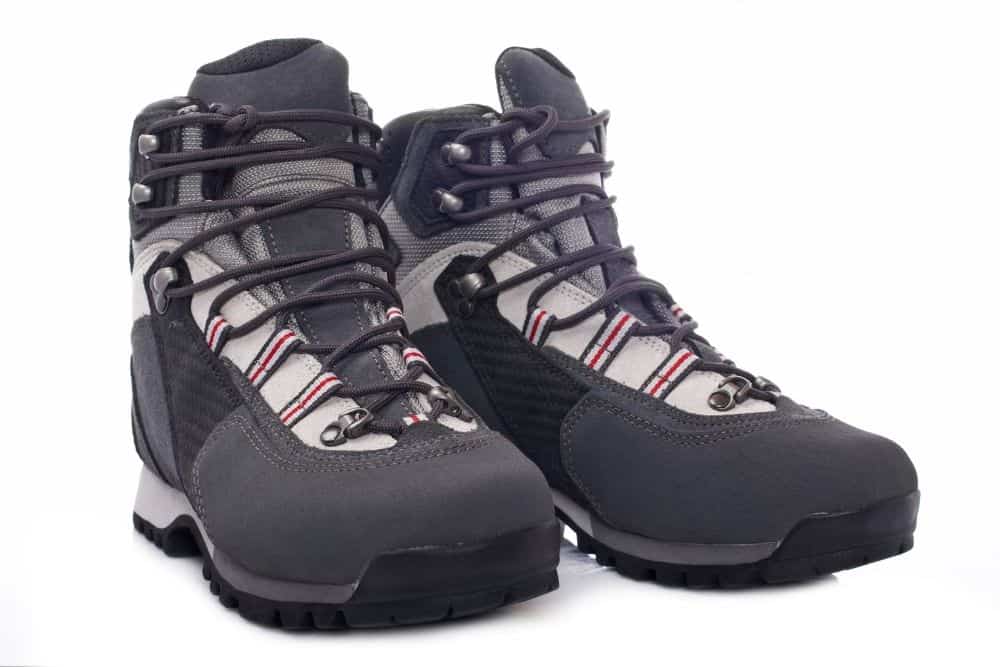
- Combination
Interestingly, some boots like to mix things up by combining two of the four different types of eyelets. Some of the most common combinations are punched eyelets and hooks or D-rings and hooks.
When hooks are combined with other eyelets, they are usually the top four. This improves the durability of the eyelets while making lacing faster—just like when only hooks are used.
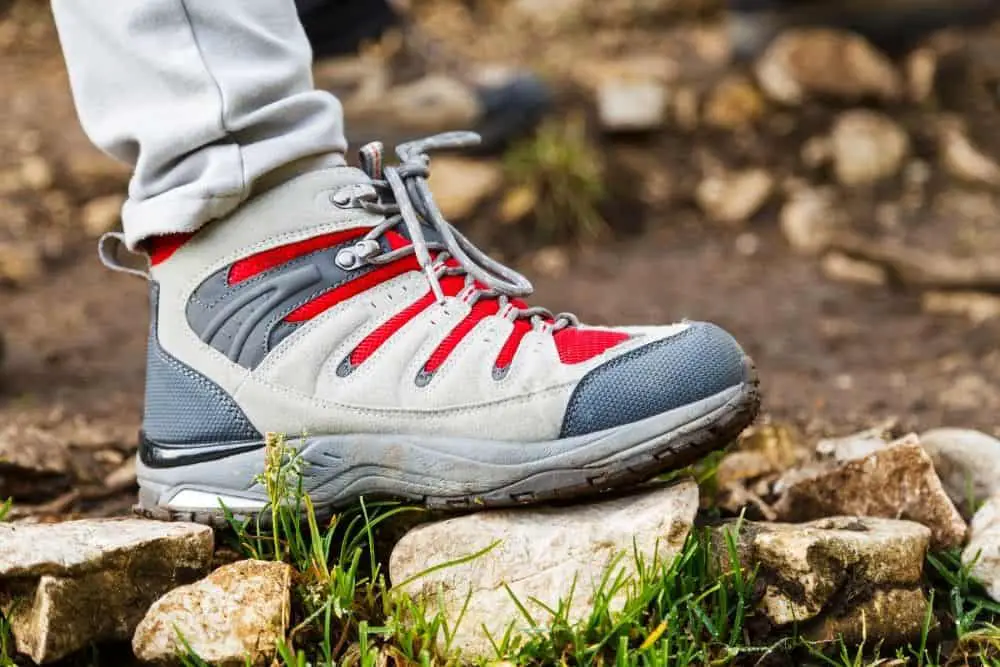
What are the lace hooks on boots called?
The hooks on boots are called speed hooks or hooked eyelets. The name stems from the fact that they speed up the lacing and unlacing process.
Rather than threading your boots, you simply loop the laces on the hooks.
Conclusion
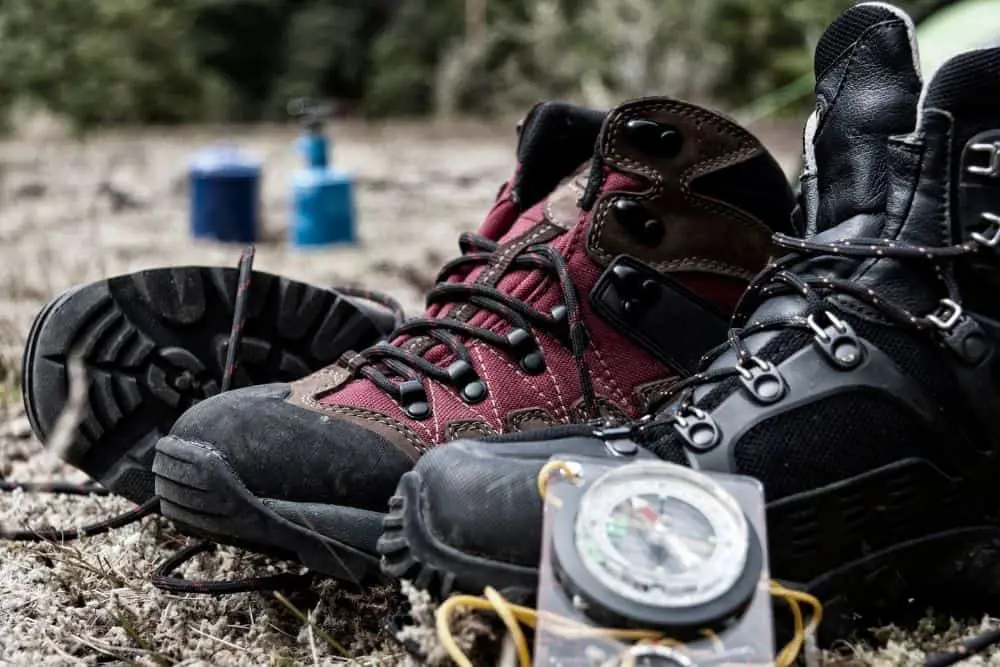
Speed hooks live up to the hype when it comes to making the lacing process faster, but it is not perfect.
Therefore, the choice of whether to use a hiking boot with speed hooks or any other type of eyelet is personal.

